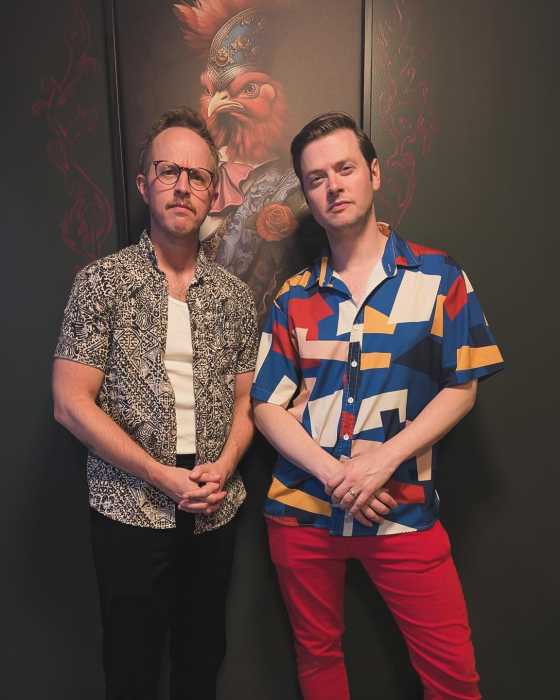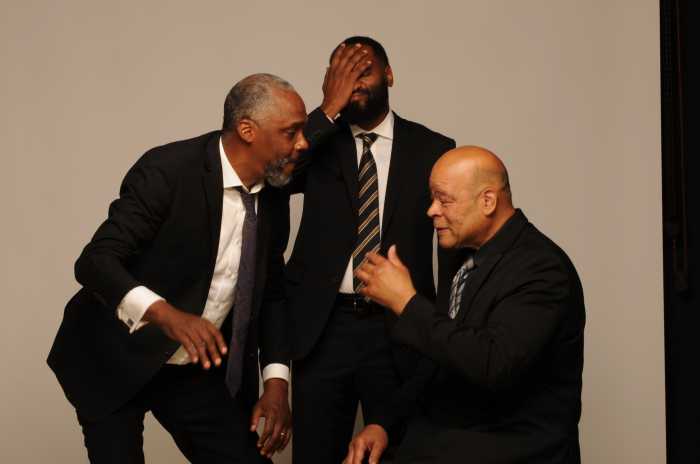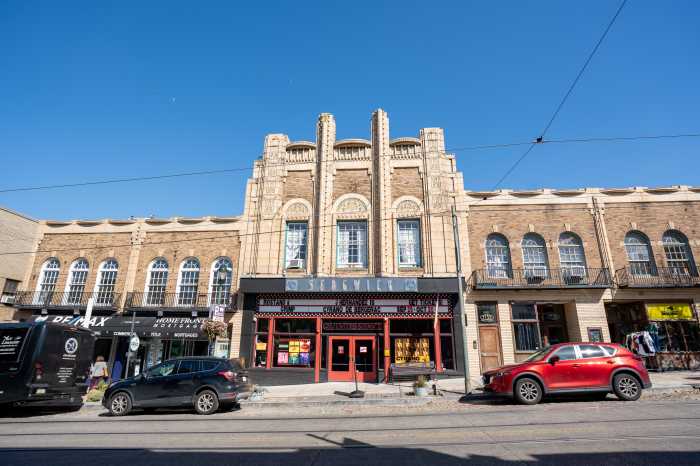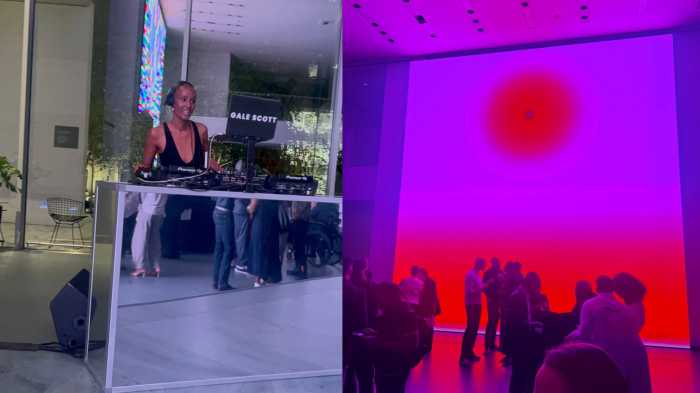Four decades ago, Philadelphia Fringe Festival founder Nick Stuccio was a Skidmore College student who stumbled into dance and choreography not because he was an aesthete, but, because he was hoping to meet girls.
“I wasn’t at Skidmore to study dance – my parents wouldn’t have paid for that – but science, my major,” recalls Stuccio, driving home to Philly after dropping off “child number three to college” at Skidmore. “A few hours ago, I was standing in the very same dance studio where I got my start… Anyway, my first day on campus, then, I was heading to the field house to play basketball when I walked by a dance studio and wound-up watching the ballerinas go through their paces. Amazing. As I’m watching, the teacher came over and said ‘Hey young man,’ and how they needed men in their dance program as they had so few, and asked if I wanted to come aboard. I did, and fell in love with dance.”
From there, Stuccio famously came to Philly, joined the Pennsylvania Ballet, stayed as a “pure classical guy” corps member for eight years, co-founded the now-annual Shut Up and Dance benefit for the welfare of MANNA, discovered what he calls “weird, modernist” contemporary choreographer (“I got to act like a monster, do anything I do wanted”), left the ballet company, and started the multi-genre Philadelphia Fringe Festival the following year.
“Because true contemporary dance wasn’t just about movement, but, rather, other art forms, and other emotions, I wanted to find like-minded artists and creators in music, comedy, theater, performance art, and circus and bring them to Philly. Or present those artists in Philly who were also trying to figure this out.”
Two of the artists that Stuccio happened onto, earliest, were Asimina Chremos and Nichole Canuso—Philly dance/movement/choreographic creators with whom Stuccio has long aligned himself throughout the Fringe Fest’s history.
As a major milestone for Fringe, it is important during this 25th anniversary to touch upon the most important elements – and creators – within that quarter century, to look back and present artists crucial to our existence,” says Stuccio. “Nichole popped up fresh from college to the first Fringe Festival, and if I look at the arc of her work, then and now, you can see and sense the maturity. Same with Asimina. It’s great having artists such as these as our spine.”
“The Engine” by Chremos and “Being/With” by Canuso are the local choreographers newest, most forceful Fringe Fest-fruits of labor, Canuso dancing for one audience member at a time being a particular brave, and insular act.
“I’ve been involved with Philly Fringe since the first festival in 1997, where I presented a solo on a bill with Asimina and Grace Mi-He Lee, along with performing in works by Headlong, Big Mess and Karen Bamonte Dance Works that same year,” recalls Canuso. “It was a busy and exciting time. And I have presented work and/or performed in work almost every year since. Sometimes presented by the festival, sometimes self-produced.”
Ask Canuso to best describe the arc of all of her works at the Fringe in tandem with that of the Fringe’s arc, specially where movement and dance is concerned, and she says that she has always preferred to blur the line between genres, not quite fitting into any one category, “Allowing the heartbeat of the project to inform its ultimate manifestation,” she says. “For this reason, FringeArts has been a great home for me and my collaborators’ work. FringeArts attracts audiences who are ready to try new things.”
Always interested in the relationship between the audience and the performer that once manifested itself as “proscenium stage choreography infused with humor and playfulness,” a turning point for Canuso’s work was the beloved “Wandering Alice“ (2008), in which the audience was invited to traverse multiple floors of a building while contending with live-feed video, enter and exit rooms and evolving set designs, interact with performers and, essentially, become main characters within the performance.
Another shift was “The Garden” (2013), which furthered Canuso’s interest in immersive performance by inviting the audience into a multi-sensory experience via choreographic prompts on headsets.
“’The Garden’ was an intimate performance for six audience members at a time, and it led them through an intricate labyrinth where they encountered dancers who responded to their every move. It had a more tender and expansive nature than previous works.”
“Being/With,” developed in part with Spiral Q Theatre’s Jennifer Turnbull, goes one-step-beyond in the intimacy stakes by focusing on one audience member at a time, while braiding together three strands of Canuso’s famed previous Fringe work.
“The live-feed video explorations that began with ‘TAKES’ (2010) and evolved into ‘Pandemonium’ (2016) are the visual centerpiece of ‘Being/With,’” says the artist. “The immersive nature and choreographic prompts of ‘The Garden’ are the sonic and experiential heartbeat of the ‘Being/With’ experience. My growing interest and training in oral history interview practice has fueled and informed the intimate interactions we are facilitating between participants as well as the ancillary events surrounding the installation.”
This 2021 FringeArts premiere of “Being/With” is the culmination of over five years of work between Canuso and her collaborators. “Many of these artists I’ve been working with throughout my career. We’ve really built this experience together, carefully, over time.” As this project was set to debut, initially, in Fall 2020, there’s been a thirst among all its co-creators, performers, and audiences to finally bring this piece to fruition and share the “Being/With” experience with one another.
“We have incorporated rigorous COVID safety protocols and additional cleaning staff into the ‘Being/With’ budget, so that we can all be fully protected and share in this intimate exchange,” says Canuso. “This is just one example of the vital role performing arts plays in helping us weather uncertain times and build bridges toward one another when so much else in our world splinters and isolates.”


























